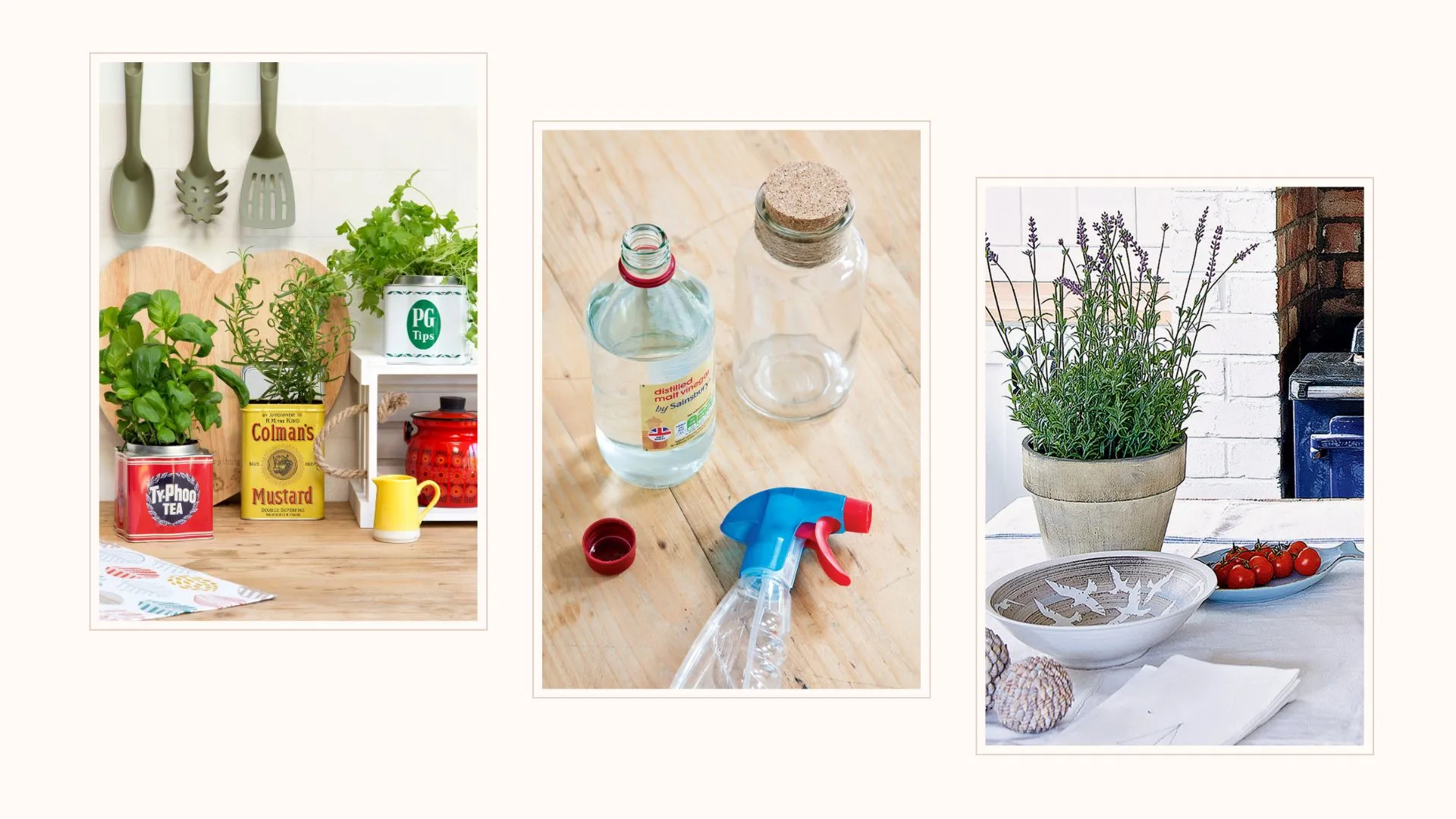Understanding the Ant Threat to Tarantulas
Owning a tarantula can be a rewarding experience, but it also comes with the responsibility of ensuring your pet’s safety and well-being. One of the most significant threats to tarantulas in a captive environment is an ant infestation. Ants, seemingly innocuous creatures, can pose serious dangers to your delicate eight-legged friend. Understanding the nature of this threat is the first step toward effective prevention and protection. Ants are not just a nuisance they are a direct danger to your tarantula, potentially causing harm and stress. This guide will explore why ants are a threat, how to identify them, and, most importantly, the best methods to protect your tarantula from these unwanted invaders.
Why Ants are Dangerous to Tarantulas
Ants present a multi-faceted threat to tarantulas, primarily due to their aggressive nature and the potential for disease transmission. Tarantulas, despite their size and fearsome appearance, are vulnerable to the relentless attacks of ants. The ants can overwhelm a tarantula, causing stress, injury, and even death. Their small size allows them to access enclosures and attack a tarantula, particularly during molting when the tarantula is most vulnerable. Additionally, ants can carry diseases and pathogens that are harmful to tarantulas. They often forage in unsanitary environments, picking up bacteria, fungi, and parasites, which they can then transmit to your pet. A single bite can be enough to introduce a harmful infection.
The Impact of Ant Bites
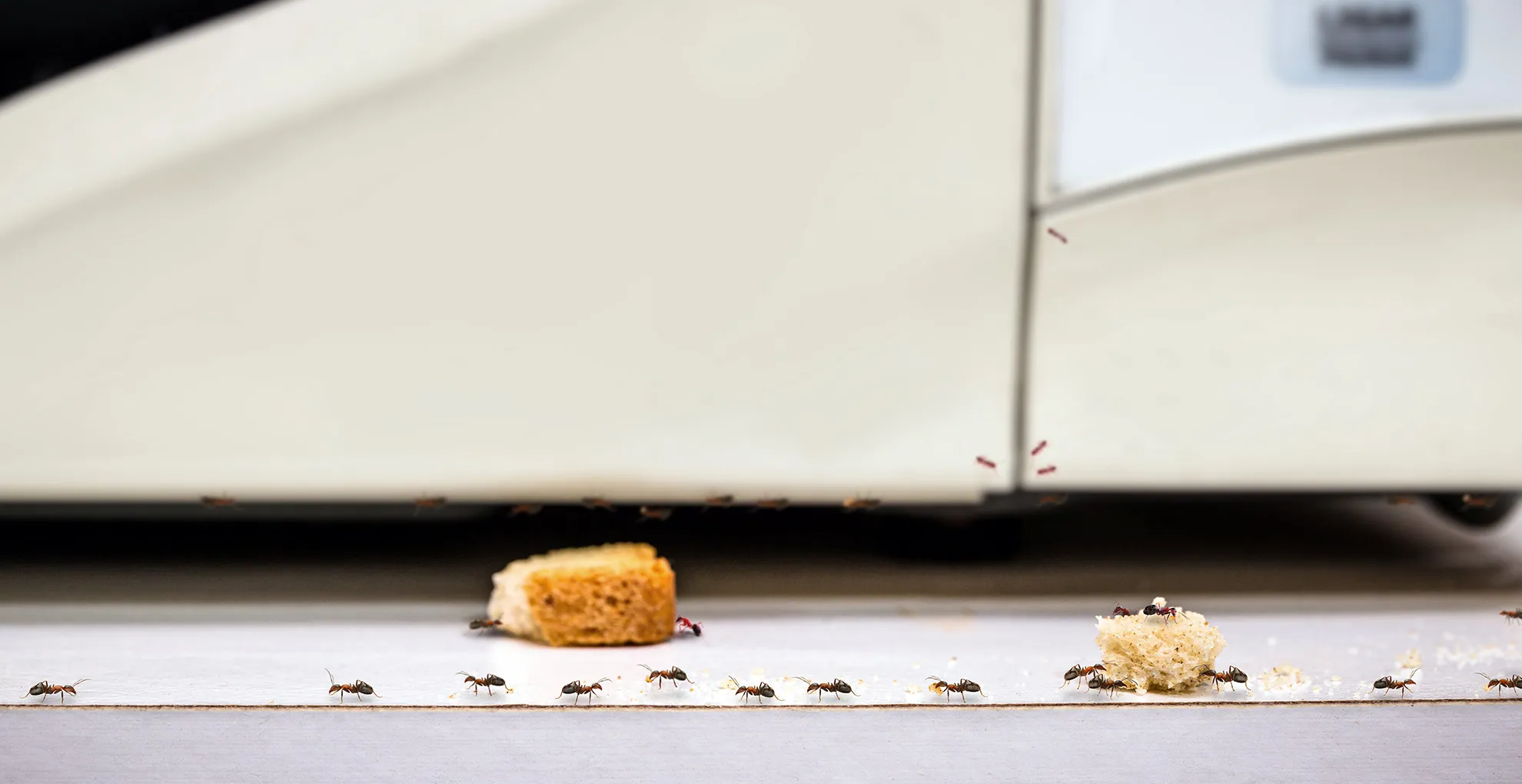
Ant bites, though seemingly minor, can have significant consequences for a tarantula. The venom injected by some ant species can cause localized pain, irritation, and swelling. In severe cases, multiple bites can lead to more serious reactions, including tissue damage. Even without venom, the physical act of being bitten is stressful for a tarantula. The stress can weaken its immune system, making it more susceptible to other illnesses. Moreover, constant attacks can lead to loss of appetite and decreased activity levels, affecting the tarantula’s overall health and well-being. The tarantula’s delicate exoskeleton can be damaged, providing entry points for infections and further compromising its health.
Disease Transmission Risks
Ants are known vectors of various diseases and pathogens, which they can transmit to tarantulas. As they crawl through unsanitary environments, such as garbage cans, soil, and decaying matter, ants pick up bacteria, fungi, and parasites. These pathogens can be transferred to the tarantula during an ant bite or through contact with contaminated surfaces within the enclosure. Some common diseases that can be transmitted include fungal infections, which can be particularly dangerous to tarantulas. These infections can lead to serious health issues, including respiratory problems and, in severe cases, death. Therefore, preventing ant infestations is critical for maintaining your tarantula’s health and preventing the spread of disease.
Identifying the Ant Species in Your Home
Identifying the specific ant species invading your home is crucial for effective control. Different ant species have varying behaviors and preferences, which influences the best methods for prevention and eradication. Knowing the type of ant allows you to tailor your approach to the specific challenges they pose. The key is to accurately identify the invader, helping you choose the most effective strategies and products. Accurate identification can also help you understand the source of the infestation, allowing you to address the root cause and prevent future occurrences. Observing their trails and feeding habits can provide clues about the type of ant you are dealing with, but careful visual inspection is often necessary.
Common Ant Species
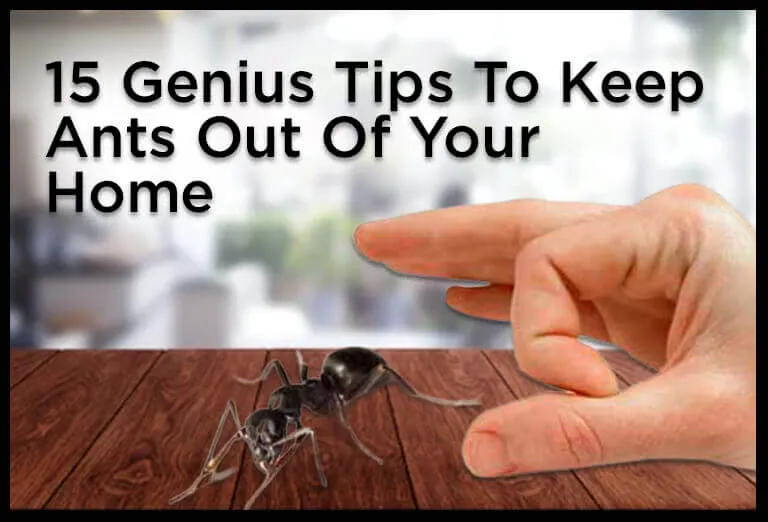
Several ant species are commonly found in and around homes, and each poses a potential threat to tarantulas. These species vary in size, behavior, and nesting habits, making identification critical. Some of the most common ants include the following: Pavement ants, which are small, dark brown ants that often nest in cracks and crevices. These ants are common in urban areas and can quickly infiltrate enclosures. Odorous house ants, known for the foul smell they emit when crushed, are often attracted to sweet substances. Pharaoh ants are tiny, yellowish-brown ants that can infest a wide variety of locations. Argentine ants, highly invasive and aggressive ants that form large colonies, can pose a significant threat. Identifying the exact species is essential for selecting the right control methods.
Signs of an Ant Infestation
Recognizing the signs of an ant infestation early on is crucial to prevent them from overwhelming your tarantula’s enclosure. These signs indicate that ants are present and actively seeking food and shelter within your pet’s habitat. One of the most obvious signs is seeing the ants themselves. Look for trails of ants moving in and out of the enclosure, especially around food sources or water dishes. Small piles of dirt or debris near the enclosure can also indicate nesting activity. The presence of ant carcasses, either inside or around the enclosure, suggests that ants are already present. Finally, any unusual behavior in your tarantula, such as increased stress or avoidance of certain areas, may indicate the presence of ants. Regular inspections can help you catch an infestation early before it becomes a serious problem.
Top 5 Ways to Protect Your Tarantula
Protecting your tarantula from ant infestations requires a multi-faceted approach. The following five strategies offer effective ways to safeguard your pet and maintain a healthy enclosure. These methods include a combination of preventative measures, physical barriers, and environmentally safe solutions, ensuring comprehensive protection. Combining these strategies maximizes the effectiveness of your ant control efforts, creating a safe and ant-free environment for your tarantula. Remember, prevention is the best medicine. A proactive approach, integrating these methods into your routine, will significantly reduce the risk of ant-related problems and maintain your tarantula’s well-being.
Barrier Methods
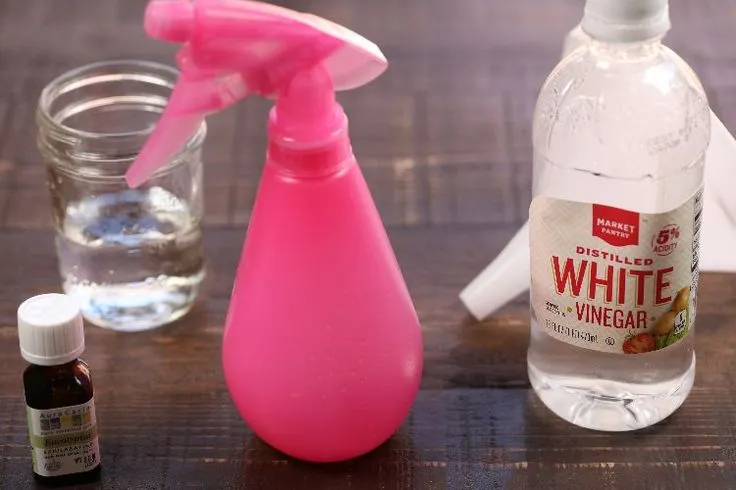
Barrier methods are an effective way to prevent ants from accessing your tarantula’s enclosure. These physical barriers create obstacles that ants cannot cross, providing a direct line of defense. These are often the first line of defense, as they are non-toxic and easy to implement. Effective barrier methods include the use of moats, petroleum jelly, and strategic placement of the enclosure. They work by physically separating the tarantula’s habitat from potential ant pathways, preventing them from reaching your pet. These methods are generally safe, easy to set up, and do not involve the use of harmful chemicals, making them a preferred choice for many tarantula owners. Remember to inspect and maintain these barriers regularly to ensure their continued effectiveness.
Creating a Water Moat
A water moat is a simple yet effective barrier that prevents ants from reaching your tarantula’s enclosure. This method utilizes the fact that ants cannot swim. To create a moat, place the tarantula’s enclosure inside a larger container, such as a tray or a shallow dish. Fill the space between the enclosure and the outer container with water, creating a barrier that ants cannot cross. Ensure the water level is maintained and that the enclosure’s base is not in contact with the water to prevent moisture-related problems. Regularly check the water level and refill as needed. Water moats are a safe, non-toxic method that is especially suitable for enclosures with a flat base and is a simple yet effective way to protect your tarantula. Consider adding a drop of dish soap to the water to reduce surface tension, making it harder for ants to cross.
Using Petroleum Jelly Barriers
Petroleum jelly acts as an excellent barrier for ants because they cannot crawl over it. To use this method, apply a thin, even layer of petroleum jelly to the outside of the enclosure, particularly along the legs or any areas where ants could potentially climb. Ensure that the jelly forms a complete ring around the enclosure. The slippery surface prevents ants from gaining a foothold and crossing the barrier. This method is most effective when applied in a consistent manner, reapplying as needed to maintain the barrier’s integrity. Be careful to avoid contact with the tarantula itself, as petroleum jelly can be messy and could potentially cause harm. Inspect the barrier regularly and wipe off any dust or debris that could compromise its effectiveness.
Placement of Enclosure
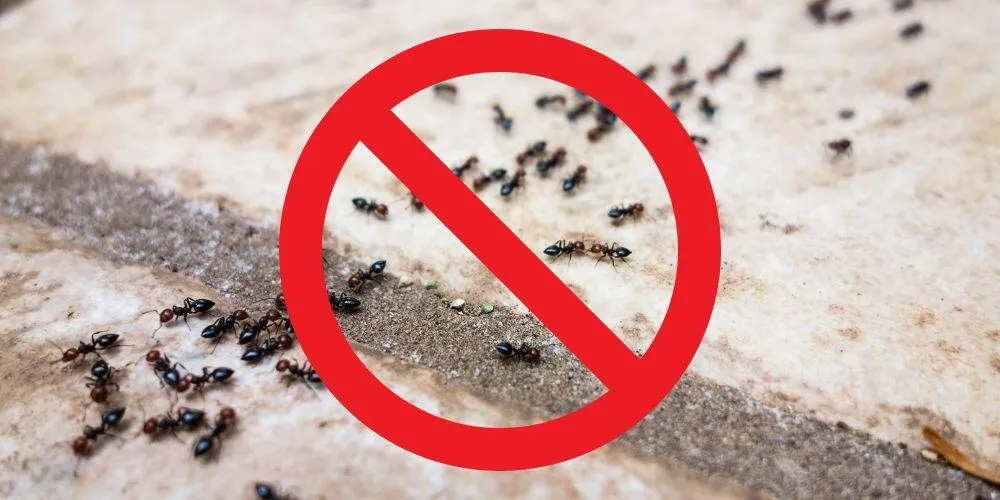
The placement of your tarantula’s enclosure can significantly impact its susceptibility to ant infestations. Strategic placement can minimize the risk of ants reaching the enclosure by disrupting their access routes. Consider placing the enclosure on a smooth surface, such as a tile or a table, away from walls and other potential entry points. Keep the enclosure away from areas with known ant activity, such as near food storage or trash cans. Regularly clean and inspect the area around the enclosure to eliminate potential food sources that might attract ants. Elevating the enclosure using a stand or placing it on a smooth surface also makes it easier to implement barrier methods, such as moats or petroleum jelly barriers. A little thought about placement can go a long way in protecting your tarantula.
Chemical Control Options
Chemical control options should be used with caution and only when necessary, as they can pose risks to both your tarantula and the environment. These options should be carefully selected and applied. Always prioritize the safety of your pet and use chemicals in a responsible manner. This includes choosing appropriate insecticides, using them correctly, and taking necessary precautions to minimize exposure. It’s essential to consider the potential side effects and the impact on your tarantula’s well-being before opting for chemical control. Always follow the product instructions carefully and, if in doubt, consult with a pest control professional. Natural and non-toxic alternatives are usually preferred, but in certain circumstances, chemical intervention may be required.
Safe Insecticides
If you must use insecticides, selecting safe options is crucial. Choose products specifically designed for ant control and labeled for use around pets. Insecticides containing pyrethrins or pyrethroids, which are derived from chrysanthemum flowers, are often considered safer alternatives. However, always check the product label for any warnings or precautions regarding tarantulas. Avoid using broad-spectrum insecticides, as they can harm beneficial insects and other creatures. Look for products with low toxicity and minimal residual effects. Always keep the enclosure away from any sprayed areas and ensure the insecticide is completely dry before returning the tarantula to its enclosure. Consider consulting with a veterinarian or a pest control professional experienced with arachnids to ensure the chosen product is suitable and safe for your pet.
Proper Application
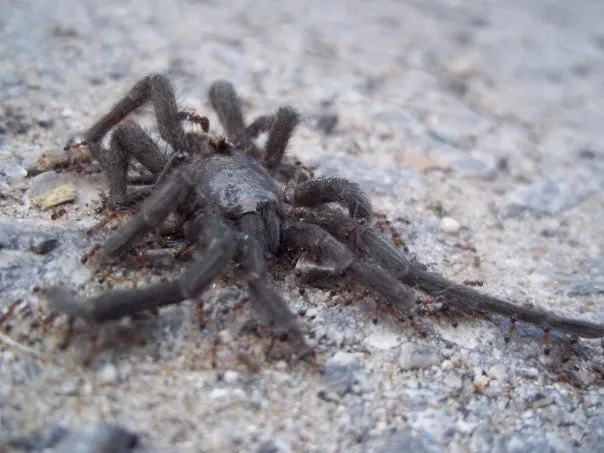
Proper application is essential for the effective and safe use of insecticides. Always follow the product instructions carefully, paying close attention to dilution rates, application methods, and safety precautions. Avoid spraying insecticides directly onto the tarantula, its enclosure, or any of its food or water sources. Instead, apply the insecticide to areas where ants are likely to travel, such as around the enclosure’s perimeter or in cracks and crevices. Ventilate the area well during and after application, to minimize exposure to fumes. Consider spot treatments rather than widespread applications to reduce the amount of insecticide used. After applying the insecticide, wait until it is completely dry before allowing your tarantula to re-enter its enclosure. Frequent monitoring of the application site is vital to ensure that the insecticide is working effectively. Always prioritize your tarantula’s safety and well-being when using chemical control options.
Natural Repellents
Natural repellents provide a safer, more eco-friendly approach to ant control. These methods often utilize natural ingredients with ant-repelling properties, minimizing the risk to your tarantula. These repellents generally pose minimal harm to your pet. They provide a gentle yet effective way to keep ants away. The use of natural repellents aligns with a more sustainable approach to pest control. They are readily available and easy to use. Utilizing natural repellents promotes a healthier environment for your tarantula and the planet. These are often the first line of defense.
Essential Oils
Certain essential oils have ant-repelling properties, and can be used to protect your tarantula. Essential oils are extracts from plants that contain concentrated compounds. Some essential oils, such as peppermint, tea tree, and cinnamon, are known for their ability to repel ants. Dilute the essential oil with water before use, and apply it to areas around the enclosure where ants are likely to enter. Do not apply essential oils directly to the tarantula or its enclosure. Essential oils have a strong scent, so use them sparingly to avoid irritating your pet. When using essential oils, it’s important to make sure the area is well-ventilated. If your tarantula shows any signs of distress or discomfort after exposure to essential oils, stop using them immediately. Use essential oils cautiously and monitor your tarantula closely.
Diatomaceous Earth
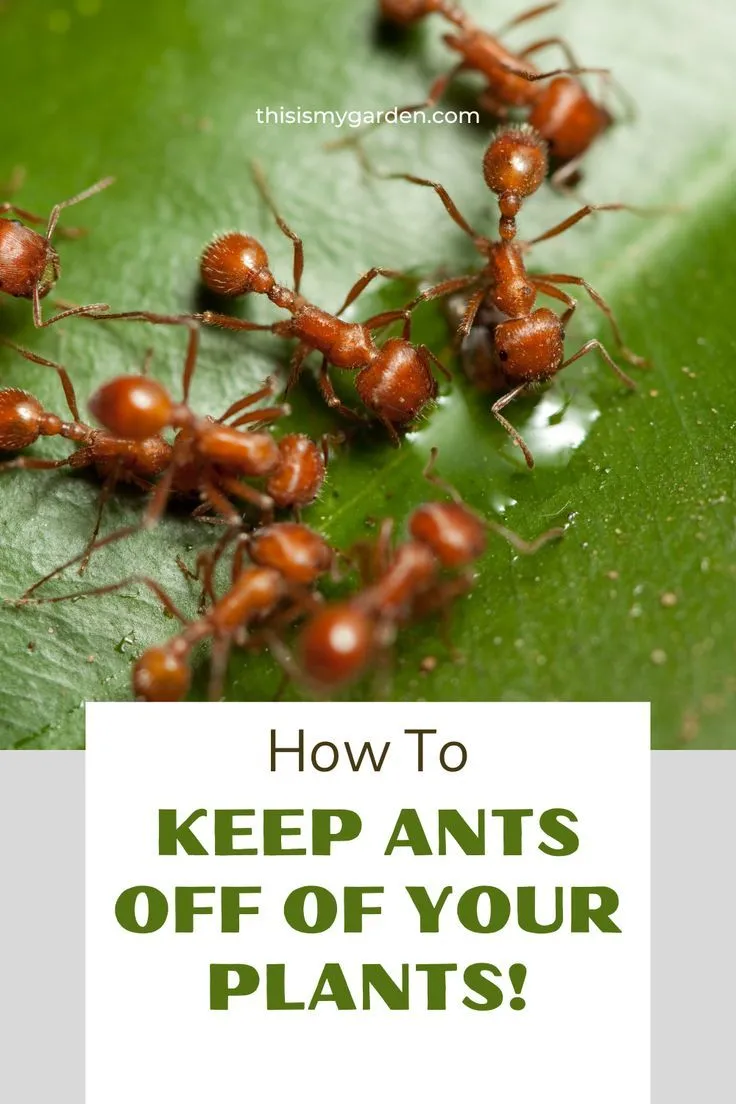
Diatomaceous earth (DE) is a natural, non-toxic powder made from the fossilized remains of diatoms. DE is a safe and effective way to control ants. Sprinkle a thin layer of DE around the perimeter of the enclosure or in areas where ants are present. DE works by dehydrating insects, causing them to die. Ensure that the DE is food-grade, as this is the safest option. Avoid getting DE wet, as this will reduce its effectiveness. DE is generally safe for use around pets, but it’s still best to avoid direct contact. Replace the DE as needed to maintain its effectiveness. DE is an effective, safe, and easy-to-use natural repellent for ant control, offering a great alternative to chemical options.
Maintaining a Clean Enclosure
Maintaining a clean enclosure is one of the most effective ways to prevent ant infestations. Cleanliness removes potential food sources and attracts ants. Regular cleaning can significantly reduce the likelihood of attracting unwanted pests. Proper cleaning is crucial for maintaining a healthy environment for your tarantula. Regular cleaning not only prevents ant infestations but also contributes to your pet’s overall well-being. A clean enclosure also makes it easier to identify any signs of an infestation, helping you take prompt action. Make it part of your routine to keep the habitat clean and ant-free.
Regular Cleaning Schedule
Establishing a regular cleaning schedule is essential for maintaining a clean enclosure. Following a consistent schedule prevents buildup, making it easier to maintain cleanliness. The frequency of cleaning will depend on the size of the enclosure and the specific needs of your tarantula. Conduct spot cleaning at least once a week. Remove any visible waste, such as uneaten food, dead insects, and fecal matter. Perform a thorough cleaning of the entire enclosure at least once a month. Replace the substrate, clean the enclosure’s walls, and sanitize any decorations. During cleaning, it is a good time to inspect the enclosure and surroundings for any signs of ants or other pests. A consistent cleaning routine will provide a healthy and ant-free environment.
Removing Leftover Food
Removing leftover food is a crucial part of keeping an ant-free environment. Uneaten food attracts ants, providing a readily available food source and leading to a potential infestation. Remove any uneaten prey items, such as crickets or roaches, as soon as possible, typically within 24 hours. Use tweezers or tongs to avoid any contact. Regularly inspect the enclosure for any hidden food remains, such as pieces of insect shells or shed skin, and remove them promptly. Dispose of the waste in a sealed container, preferably outside of your home, to prevent attracting ants. Removing food scraps regularly helps eliminate a primary attractant, reducing the risk of an ant infestation. Following this practice helps maintain a clean and healthy habitat for your tarantula.
Monitoring and Prevention
Consistent monitoring and proactive prevention are vital for maintaining an ant-free environment. Ongoing observation can help you identify any potential problems early on and keep your tarantula safe. Regular checks are crucial to prevent an infestation before it starts. These actions should be a part of your care routine. You can prevent ant infestations with regular inspections, prompt response to any issues, and implementing long-term prevention strategies. Combining diligent monitoring with proactive prevention will significantly reduce the risk of ant-related problems.
Regular Inspections
Regular inspections are crucial for early detection of ant activity. Regular checks allow for early detection, allowing for timely intervention before an infestation. Inspect the enclosure and its surroundings for any signs of ants, such as ant trails or small piles of dirt. Check the underside of the enclosure, as well as around the legs and any access points. Carefully examine the substrate for any signs of ant activity. Check for any dead or dying ants inside or around the enclosure. Inspections also include looking for any new entry points for ants and inspecting the surrounding area for potential food sources. Regular inspections will help you catch any problems early and take steps to protect your tarantula.
Long-Term Ant Prevention Strategies
Implementing long-term ant prevention strategies will minimize the risk of future infestations. Taking the long view in the prevention of ants will safeguard your tarantula over time. These strategies help prevent recurring issues. You can minimize the chance of ant infestations by following these strategies. Regularly seal any cracks and crevices. Store food in airtight containers and promptly clean up spills. Trim any overhanging plants or vegetation that may provide a bridge for ants to access your home. Periodically inspect the area around the enclosure for any signs of ant activity. Regularly clean the enclosure. By implementing these long-term strategies, you can reduce the chance of future infestations.
